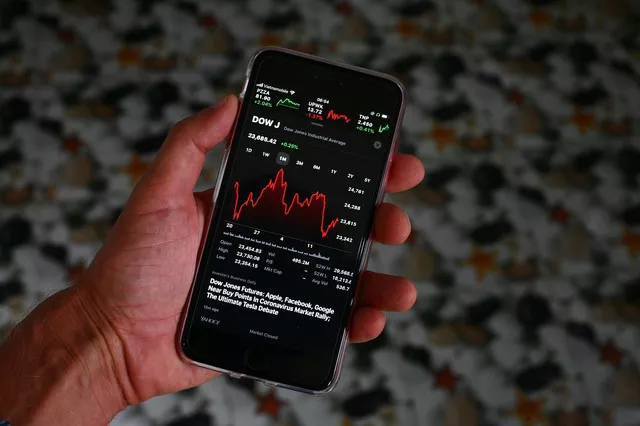The S&P 500, an illustrious benchmark index representing the performance of 500 prominent U.S. companies, holds a central role in the financial landscape. As a key indicator of the health of the U.S. stock market and an emblem of investor sentiment, the S&P 500 garners the attention of traders, analysts, and market enthusiasts alike. For individuals seeking to explore the captivating world of futures trading, comprehending the exact timing when S&P 500 futures commence trading is imperative.
Market Opening Hours and Global Dynamics
The phenomenon of financial markets operates in the realm of different time zones, enabling investors to trade assets across various regions and markets around the clock. The commencement of S&P 500 futures trading hours is a reflection of the global nature of trading and the diverse interests of participants spanning different parts of the world.
S&P 500 futures, akin to other futures contracts, are governed by exchanges that establish specific trading hours. These hours are thoughtfully structured to cater to the needs of participants from various time zones, ensuring uninterrupted access to the market throughout the trading day.
Regular Trading Hours (RTH)
The regular trading hours for S&P 500 futures encapsulate the core period during which a majority of market participants engage actively. These hours are typically synchronized with the operational hours of major financial centers. The opening and closing times of the regular trading hours for S&P 500 futures are meticulously determined by the exchange on which they are traded.
For instance, the Chicago Mercantile Exchange (CME), a renowned futures exchange, hosts the trading of S&P 500 futures. On the CME, the regular trading hours for S&P 500 futures generally commence at 8:30 AM (Central Time) and culminate at 3:15 PM (Central Time). These designated hours are strategically aligned with the trading schedule of the U.S. equity markets, thereby enabling traders to actively engage in both markets simultaneously during overlapping trading hours.
Extended Trading Hours (ETH)
In addition to the regular trading hours, certain exchanges extend trading opportunities to include after-hours trading, popularly referred to as extended trading hours. These extended hours offer traders the chance to execute orders beyond the regular trading session, encompassing the period before the regular session begins and after it concludes.
In the context of S&P 500 futures, the extended trading hours on the CME typically commence shortly after the regular trading session ends and persist until the initiation of the subsequent regular trading session. This extended window empowers traders to manage their positions, respond promptly to market-moving developments that transpire outside regular hours, and access the market even when the conventional trading session is closed.
Global Participation and Overlapping Trading Sessions
The initiation of S&P 500 futures trading hours is meticulously crafted to accommodate global participation, leading to overlapping trading sessions. The simultaneous opening and closing of different financial centers around the world create heightened trading activity during certain timeframes.
For instance, when the trading hours of U.S. markets coincide with those of European markets, a surge in trading activity is observed. This overlapping window contributes to enhanced liquidity and can trigger significant price fluctuations in various assets, including S&P 500 futures. Traders attuned to these overlapping sessions can harness the augmented volatility to their advantage, making well-informed and strategic trading decisions.
Effectively Navigating S&P 500 Futures Trading Hours
Traders embarking on the journey of navigating the opening hours of S&P 500 futures should consider an array of strategies and factors:
1. Time Zone Acumen: A fundamental aspect for traders is to be cognizant of the time zone in which the respective futures exchange operates. Aligning one’s trading schedule with the exchange’s operational hours is pivotal for successful participation.
2. Embracing Overlapping Sessions: Traders seeking to harness heightened volatility and liquidity might direct their focus toward overlapping trading sessions. These periods offer a unique milieu for trading S&P 500 futures, owing to the intensified participation from global markets.
3. Unleashing the Potential of Extended Hours: Proficiency in comprehending and utilizing extended trading hours is paramount for traders aiming to manage their positions and promptly respond to unfolding market events that transpire outside regular trading hours.
4. Navigating Market Developments: Remaining attuned to scheduled economic announcements, corporate earnings releases, and other pivotal market-moving events can equip traders with the acumen to make prudent decisions, particularly during extended trading hours.
Conclusion
The initiation of S&P 500 futures trading hours plays an instrumental role in the dynamic world of futures trading. Driven by the global dimension of financial markets, these hours ensure that traders possess uninterrupted access to the market, enabling them to capitalize on opportunities as they unfold. Garnering a comprehensive grasp of the regular and extended trading hours, mastering the nuances of overlapping sessions, and staying informed about crucial market events all constitute prudent strategies for proficiently navigating S&P 500 futures trading hours. By assimilating these strategies, traders position themselves to leverage opportunities, adeptly manage risk, and execute well-informed trading decisions within the ever-evolving landscape of futures trading.


